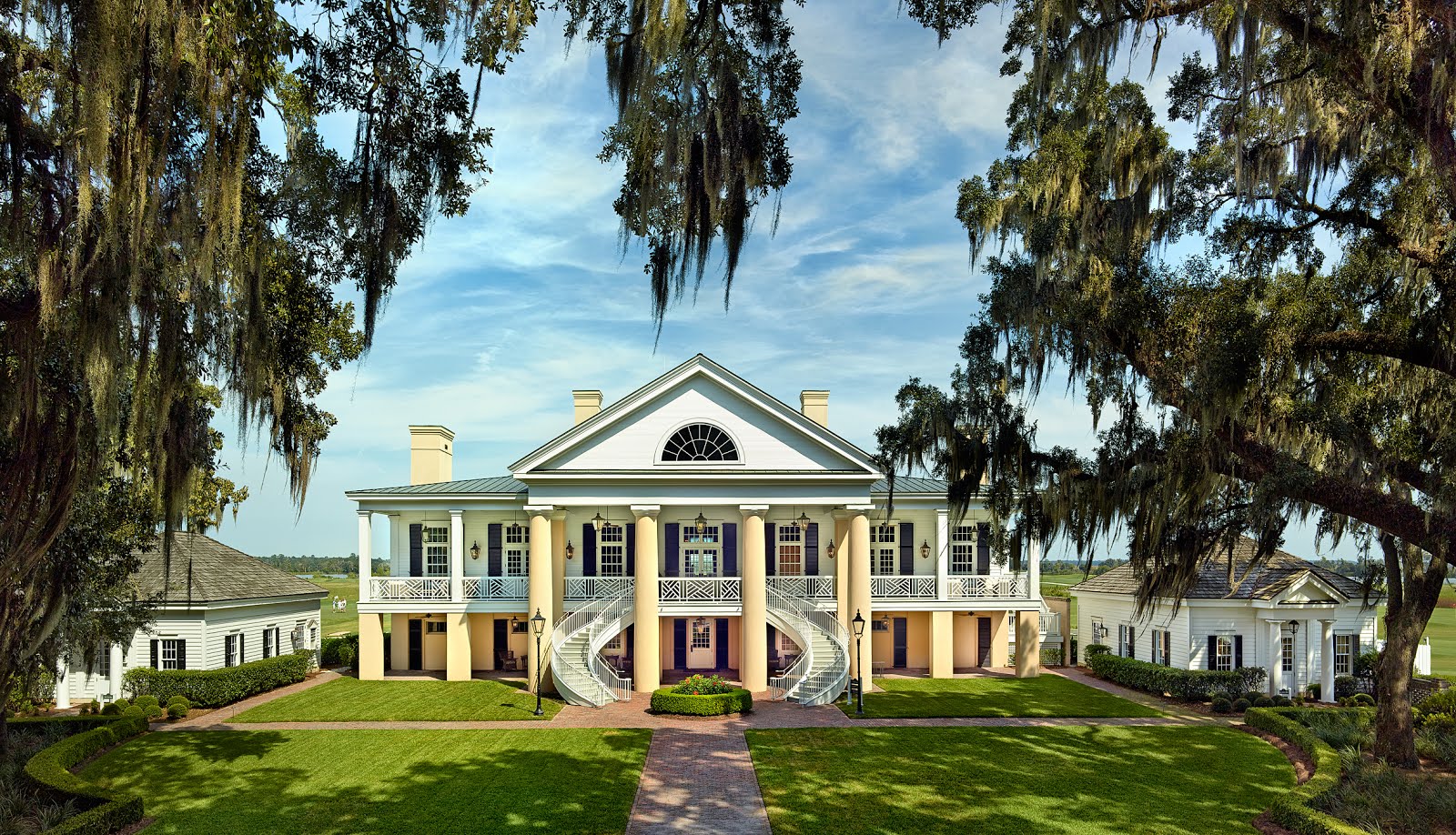Winter covers will be deployed this week on Friday 30th. The following morning we will have a substantial frost delay.
Covering greens is a common practice done on ultradwarf putting greens during the winter months. This process helps our greens hold heat in the soil profile, prevents plant desiccation and protects turfgrass plants against extreme cold temperatures and wind. Covers will only be deployed on the front nine greens and practice green where shade and air pockets are a constant challenge to turfgrass health.
We will deploy covers at 3:00 PM in the afternoon prior to overnight temperatures forecasted to be below 35 F. If you plan on playing an afternoon round of golf, we suggest checking the overnight forecast before teeing off so you are not disrupted by the covering process. We will remove the covers after the frost has lifted the following morning (see frost blog).
We will communicate with the golf shop when we do cover the front nine greens. In the afternoon, the back nine greens will be available for play during the course of front nine turf blanket deployment.
Please contact the golf shop with any questions you may have.






.JPG)



